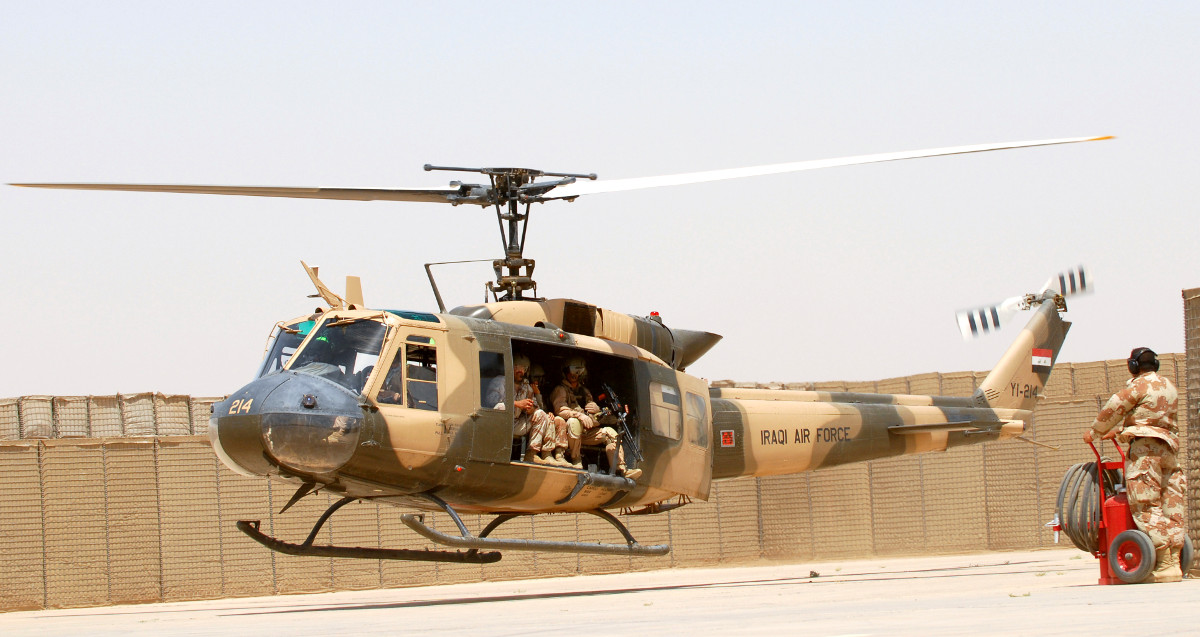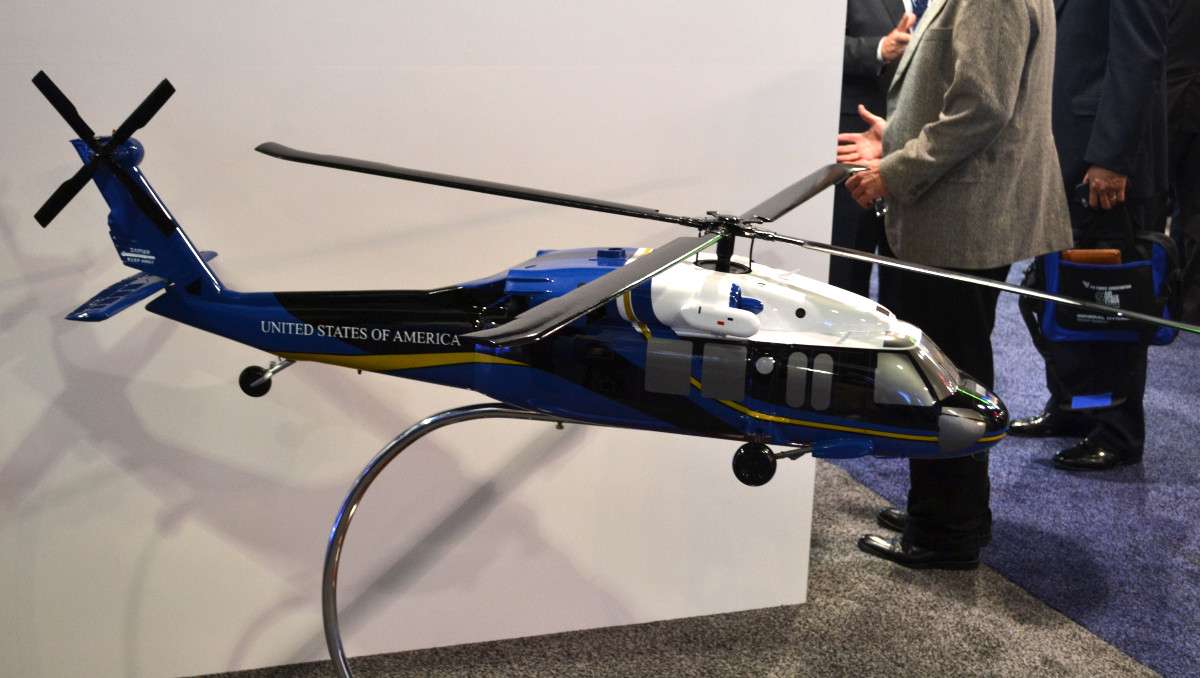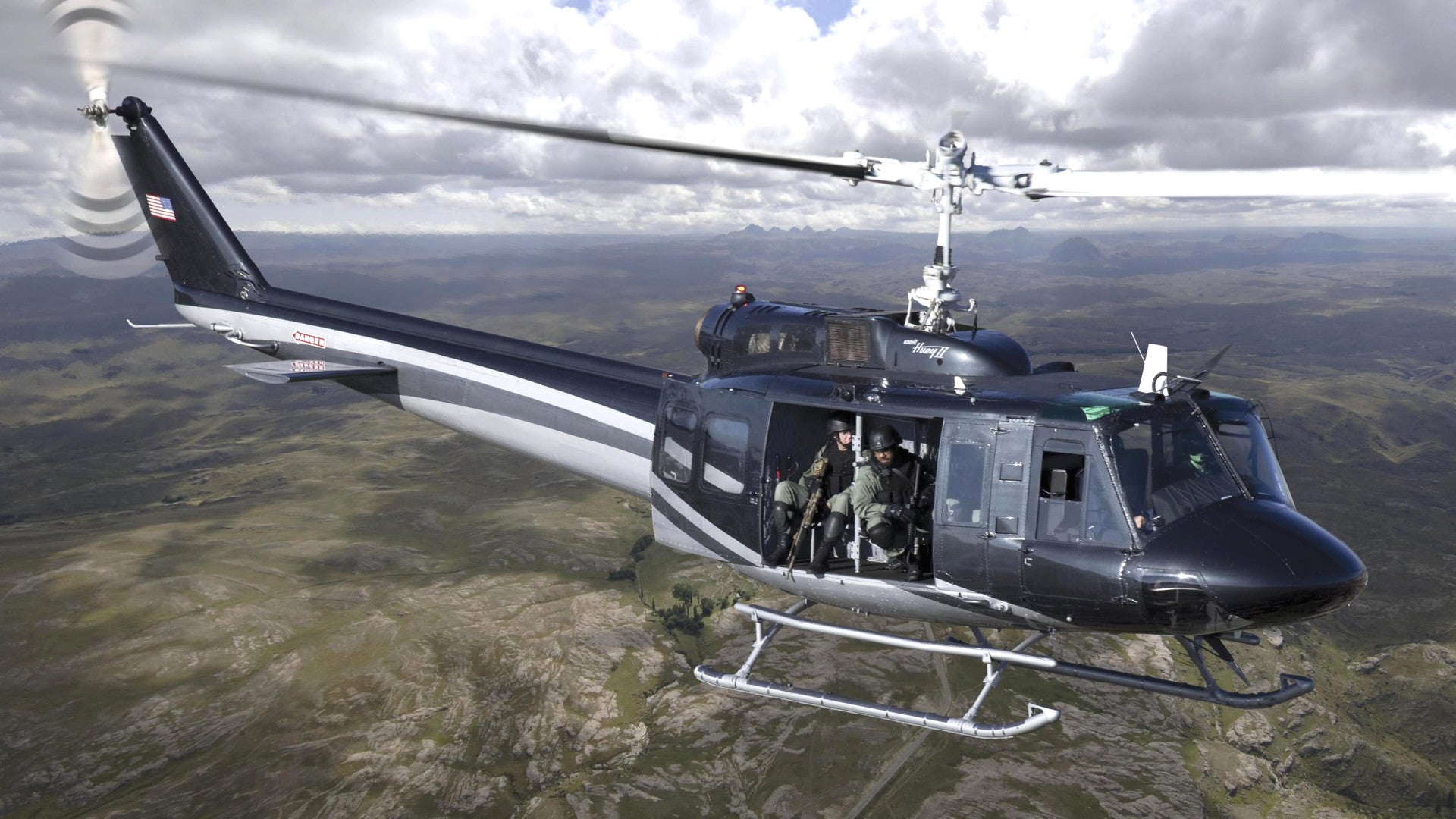The U.S. Army is looking into the possibility that other companies beyond Bell Helicopter may be able to deliver 150 helicopters of various types over a five year period as part of a larger combined deal on behalf of non-military U.S. government agencies and foreign allies and partners. Ostensibly the plan is to justify a sole-source contract to the Texas-headquartered company, but it might prompt creative offers from other competitors.
On Dec. 20, 2017, the Army made the announcement on the federal government’s main contracting website, FedBizOpps. The service is interested in specifically buying a mixture of Bell Models 407GX, 412EPI, 429, and 505, as well as Huey II conversions. The total purchases could amount to as many as 150 aircraft, with deliveries beginning in 2019 and running through 2024. The final contract would also include spare parts and other services as well. The helicopters would not be for the U.S. military, but would instead go to “other government agencies,” which could include the State Department, federal law enforcement entities, or even members of the Intelligence Community, or be part of foreign military sales deals.
The Army’s notice makes it clear that in the past they have handed deals for these helicopters straight to Bell, but that they are required by law to prove that the firm is the only one that can meet its needs. Any company that submits information has to show “how the complete lifecycle of the aircraft would be supported” from production to flight operations.
The service has already been on something of helicopter shopping spree on behalf of foreign governments recently, having signed a $1.4 billion deal with MD Helicopters for 150 MD 530F light attack helicopters in September 2017. Dozens of these are already destined for Afghanistan, Kenya, and Lebanon.

There is undoubtedly similar interest among American allies and partners for the various Bell utility helicopters mentioned in this new notice. The 412 series and 429 are already in widespread international service, both with militaries and civil government agencies, as well as commercial operators. These types would be ideal for light transport duties, surveillance, or in a casualty evacuation role.
The Bell 505, also known as the Jet Ranger X, is newer offering that has yet to develop a strong customer base since Bell first unveiled it in 2013. The company bills the aircraft as a “clean sheet design,” but it borrows heavily from the older Model 206L Jet Ranger, as its name implies. With an airframe that makes use of composite materials in addition to traditional metal components, a new engine, and more modern avionics, it could be an attractive option for organizations still flying the older Jet Rangers as small personnel transports, training, or for surveillance or border and maritime patrol missions.

On top of that, the Army has already facilitated the delivery of dozens of 407s and Huey IIs to American partners around the world. The 407s that went to Iraq were in a gunship configuration consisting of rocket pods, which are now able to employ the laser-guided Advanced Precision Kill Weapon System II laser-guided rocket, or APKWS II, as well as machine guns.
It’s not clear if any armament options will be part of the planned contract, as was the case with the MD Helicopters deal. All of the aircraft the Army mentioned in their plan can readily accept electro-optical or infrared camera turrets and many could carry weapons if necessary in a light attack or armed scout role.
And by including other U.S. government requirements in the purchase order, the Army could potentially save money with an even larger block buy. The State Department is a particularly likely customer, since it already operates 412EPs and Huey IIs. As of December 2016, though, all of those aircraft had first rolled off Bell’s production lines sometime between 1966 and 1974.
Customers and Border Protection is another major helicopter operator with a significant number of Huey IIs already on hand. With President Donald Trump’s increased emphasis on border security and efforts to expand law enforcement presence along the U.S. boundary with Mexico, its possible that the agency could be interested in expanding their fleet.

It seems likely that no other firm besides Bell would be able to provide these helicopters, along with the support and services the Army wants to go along with them. There would be no other manufacturer able to supply the 429s and 505s, which the sources sought notice mentions by name without any apparent possibility of considering alternative helicopters with similar capabilities.
But there could be other sources for the remaining types of helicopters, or at least similar enough aircraft to meet the Army’s requirements. The service itself just retired its entire fleet of OH-58D Kiowa Warriors, which are similar structurally to the 407 series. The type’s highly controversial retirement was quickly followed by the U.S. military facilitating the transfer of some of these helicopters to a number of foreign partners, including Tunisia and Croatia. Most recently it was announced that Greece will receive 70 of the still very relevant scout choppers.
The GX does differ significantly from the original 407s in its new glass cockpit and improved avionics, but the cockpit suite at least comes from a third-party vendor, Garmin. The Army could conceivably agree to hire a contractor to refurbish either its existing stockpile of OH-58Ds or upgrade second-hand 407s to a standard similar to Bell’s GX.
There are similarly sources of older 412EPs and Huey variants on the second-hand market that a separate firm could offer to rebuild into configurations that match the capabilities offered by the EPI and Huey II. The Huey IIs already require older donor UH-1 airframes as the starting place.

There is already historical precedent for this, as well. Most recently, the Army has hired contractors to upgrade a number of older UH-60L Black Hawks to the newer UH-60V configuration featuring a glass cockpit from Northrop Grumman. The service is doing this in order to save money over buying all-new UH-60Ms straight from Sikorsky.
On top of that, the Sierra Nevada Corporation is pitching upgraded ex-Army UH-60Ls, which it calls the Force Hawk, to the U.S. Air Force as a replacement for its aging UH-1N helicopters. Again, this is in direct competition to Sikorsky’s pitch for a sale of all-new HH-60Us.

Third parties have also offered upgrades for Bell helicopters, especially the Huey family, in the past, too. In the mid-2000s, private military company DynCorp, which has long been in charge of maintain the State Department’s helicopter fleet among other work, offered a UH-1H conversion it called Global Eagle. This update involved replacing the existing engine with a Pratt & Whitney Canada PT-6, modernized cockpit controls, and other new features. Many other companies offer similar conversions/refurbished helicopter variants that essentially take old airframes and turn them into near zero time, highly updated aircraft that have decades of service life to give.
With a possible purchase of up to 150 aircraft on the table already, the Army’s proposed contract could be worth at least hundreds of millions of dollars. It wouldn’t be hard to imagine that a company like Sierra Nevada might be interested in finding a way to make an offer. If the final arrangement separated out orders for new 429s and 505s into a separate deal, it would be even easier for other companies to at least pitch an alternative.
Anyone who’s interested in proposing a different plan to deliver the helicopters will have until Jan. 19, 2018 to make their case.
Contact the author: joe@thedrive.com
